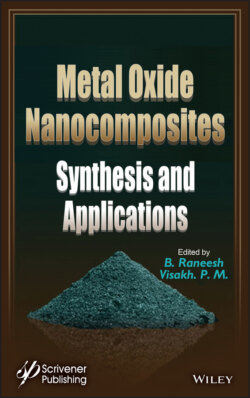Читать книгу Metal Oxide Nanocomposites - Группа авторов - Страница 41
2.5.1(e) Silicon Carbide Fibers
ОглавлениеThe room temperature tensile strength of silicon carbide fibers is high and comparable to that of boron-tungsten, yet, the advantages of silicon carbide-tungsten fibers is more than the uncoated boron tungsten fibers, e.g. they only possess 35% loss of strength at 1350 °C. Both silicon carbide-tungsten and silicon carbide-carbon have very high stress-breakage at 1100 °C and 1300 °C, respectively. The uncoated boron-tungsten fibers are non-reactive to molten aluminum and can withstand high temperatures for their applications in hot-press titanium matrices. Owing to the fact that the silicon carbide-tungsten fibers are dense and prone to the surface damage, a careful handling is utmost required during fabrication of the composite [20]. The weakening reactions between tungsten and silicon carbide occur above 930 °C which further requires delicate handling in high-temperature matrix formations. The silicon carbide offers several advantages on carbon substrates including non-reactivity at high temperature, light-weight, better tensile strengths and modulus than those of silicon carbide-tungsten and boron fibers.
